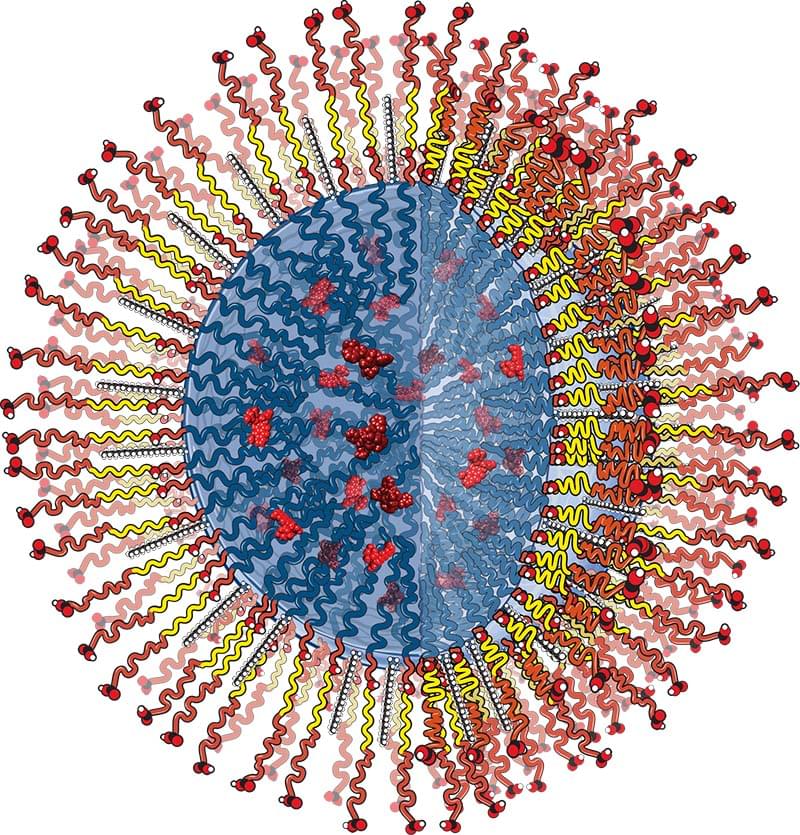Nanomedicine to Cure All!
Aortic aneurysms are bulges in the aorta, the largest blood vessel that carries oxygen-rich blood from the heart to the rest of the body. Smoking, high blood pressure, diabetes, or injury can all increase the risk of aneurysms, which tend to occur more often in Caucasian male smokers over the age of 65.
“The soft tissues that make up blood vessels act essentially like rubber bands, and it’s the elastic fibers within these tissues that allow them to stretch and snap back,” says Professor Anand Ramamurthi, chair of the Department of Bioengineering in Lehigh University’s P.C. Rossin College of Engineering and Applied Science. “These fibers are produced primarily before and just after birth. After that, they don’t regenerate or undergo natural repair after injury. So when they become injured or diseased, the tissue weakens and causes an aneurysm, which can grow over time. After about seven to 10 years, it typically reaches the rupture stage.”
During that period, there is no treatment. Patients are screened regularly via imaging to monitor the rate of the aneurysm’s growth. Once it’s deemed big enough to potentially rupture (an occurrence that is fatal 90 percent of the time), surgery is the only option. But it’s a risky one for elderly patients.
